We may earn money or products from the companies mentioned in this post. This means if you click on the link and purchase the item, I will receive a small commission at no extra cost to you ... you're just helping re-supply our family's travel fund.

Imagine a place where history whispers on the wind and the tide dictates your journey. Lindisfarne, often known as Holy Island, offers just such an escape, a unique blend of spiritual heritage and breathtaking natural beauty off the Northumberland coast. This enchanting destination invites you to step back in time, explore ancient ruins, and experience a profound sense of peace. Get ready to discover the magic that awaits when you plan your unforgettable day trip to this storied isle.
1. Segregated Accommodations

Picture searching for a place to stay in the 1960s, a journey where your choice of hotel might be starkly restricted based purely on your race. Across many states, particularly throughout the American South, legally enforced segregation meant countless motels, restaurants, and public facilities were simply off-limits to Black travelers. They relied heavily on specialized guides, like “The Negro Motorist Green Book,” to navigate safely and find welcoming havens for rest and sustenance. Today, vital civil rights legislation has decisively ensured that all public accommodations are open to everyone, creating a truly inclusive and equitable travel landscape for every single American.
2. Interstate Highway System Under Construction
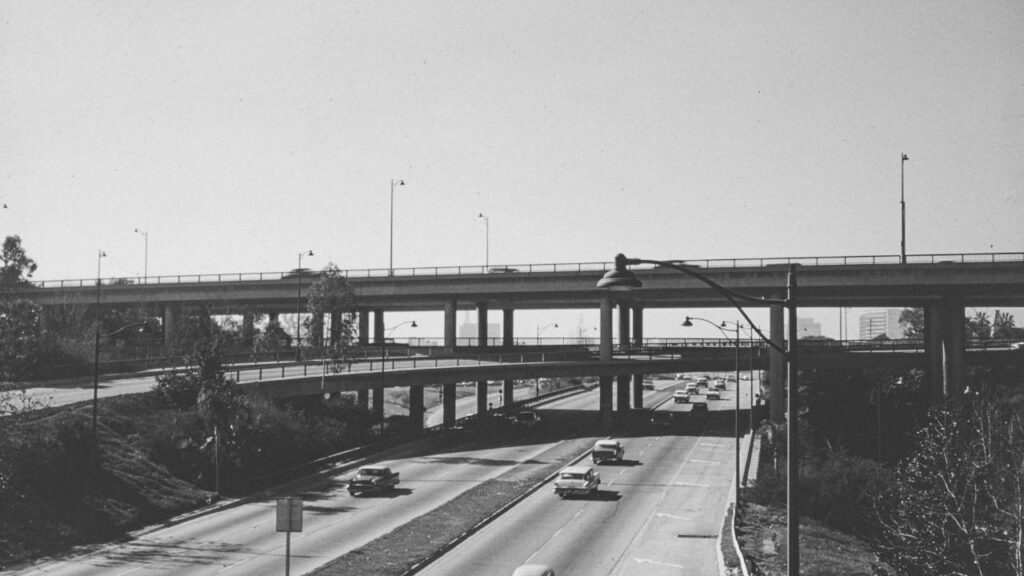
Consider navigating long distances on a patchwork of varied roads, given that the vast and transformative network of the Interstate Highway System was still heavily under construction throughout the 1960s. Many crucial routes remained incomplete, frequently forcing travelers onto significantly slower, less direct state highways and local roads for extended portions of their journey. This often meant unexpectedly longer travel times and considerably less predictability for any cross-country drives. Today, you effortlessly glide along thousands of miles of completed interstate, making swift, predictable, and remarkably efficient road trips across the nation an entirely straightforward reality for everyone.
3. Limited Air Travel Accessibility
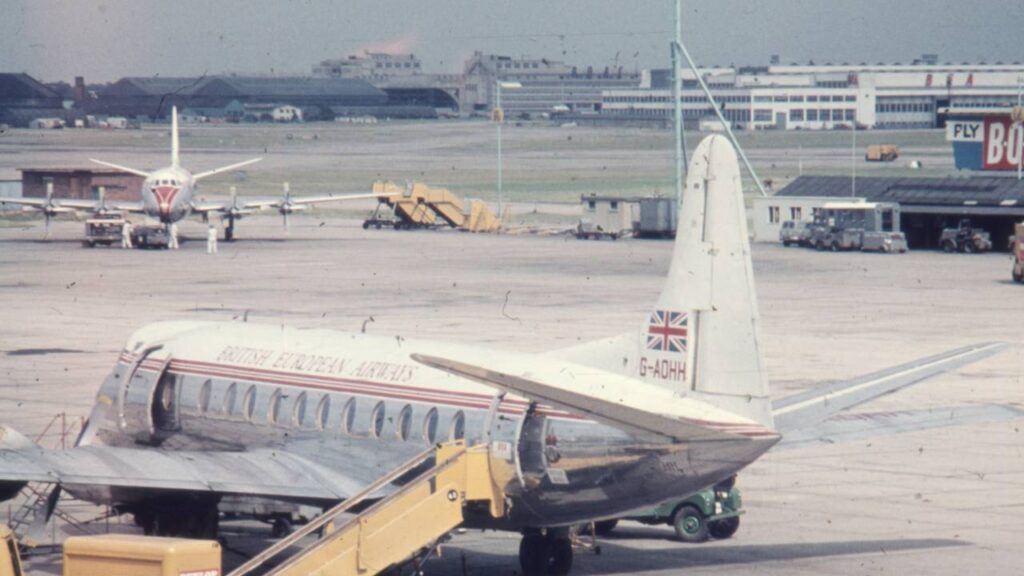
Imagine air travel existing primarily as a luxury, largely out of reach for the average American family. In the 1960s, flying was notably more expensive and far less frequent, typically serving only business travelers or the considerably affluent. Airport infrastructure was much simpler than today’s sprawling complexes, and security protocols were rudimentary by modern standards. The experience felt exclusive, almost an event in itself. Today, air travel has transformed into a common mode of transport for millions, with budget airlines and extensively expanded routes making flying an affordable and accessible option for quick getaways and vacations across the U.S.
4. Different Driving Ages by State
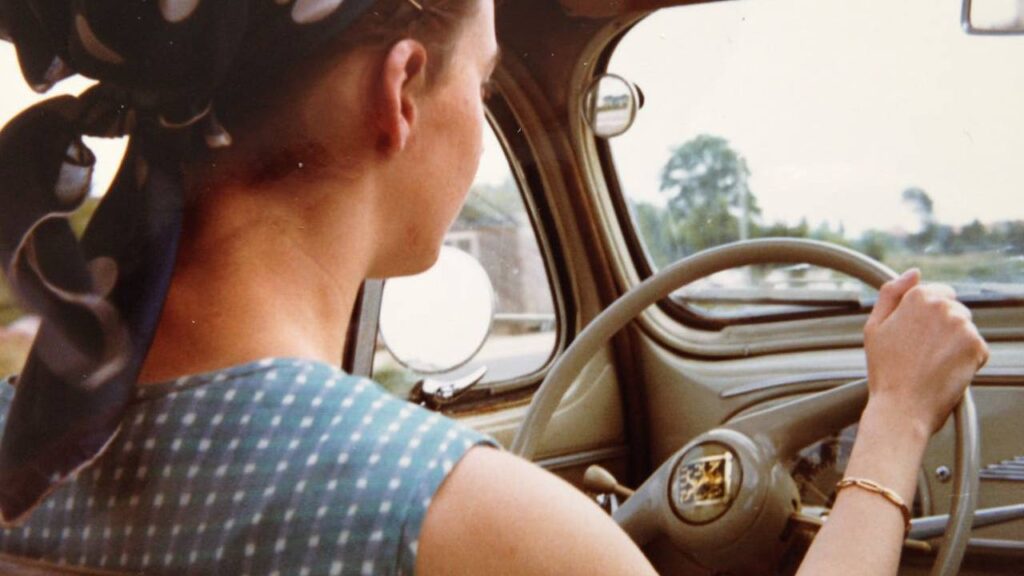
Think about the complexities of planning a family road trip where the legal driving age could shift quite dramatically as you moved from one state to another. While 16 was a common age, some states surprisingly allowed driving permits as early as 14 or 15, while others enforced higher minimums for obtaining a full license. This confusing patchwork of varying regulations could be genuinely frustrating for young drivers eager to get behind the wheel, and for their navigating families. Today, state driving age laws are far more harmonized, typically setting 16 as the widely accepted standard for a learner’s permit or a restricted license, providing greater uniformity across the nation.
5. No Seatbelt Laws in Most Cars

Envision taking a drive without the fundamental safety net of modern seatbelt laws. In the 1960s, seatbelts were either optional accessories, often not installed in many vehicles, or simply non-existent, and their mandatory use was still decades in the future. Public safety awareness regarding vehicle occupants was significantly lower, and the unfortunate consequence was that car crashes often resulted in far more severe injuries. Today, you instinctively buckle up, thanks to federal mandates and comprehensive state laws that firmly require seatbelt use for all passengers, dramatically enhancing your safety on every journey you undertake.
6. Strict Sunday “Blue Laws”

Recall encountering the restrictive “blue laws” that explicitly dictated what you could purchase or even do on Sundays in many communities across the country. These regulations, frequently rooted in specific religious observances, severely restricted the sale of alcohol, cars, and even various common consumer goods. Travelers might unexpectedly find shops completely closed or essential services simply unavailable, significantly limiting their Sunday activities and plans. Today, while some isolated local variations still exist, most states have either entirely repealed or significantly relaxed these restrictive blue laws, offering you far greater flexibility for shopping and leisure on any day of the week.
7. Basic Roadside Assistance

Consider the daunting prospect of breaking down on a remote highway with very limited and often unreliable options for receiving help. In the 1960s, roadside assistance services like AAA were indeed available but were far less ubiquitous than they are now, and the concept of cell phones was purely science fiction. Finding a functional public phone or relying on the chance kindness of a passing motorist was often your only realistic recourse. Today, you have instant, reassuring access to comprehensive roadside assistance via your smartphone or your car’s integrated systems, ensuring reliable help is just a call away no matter where your travels take you.
8. Fewer Hotel Chains, More Independents

Imagine a lodging landscape primarily dominated by independent motels, each possessing its own unique character but often lacking standardized amenities or predictable quality. While pioneering chains like Holiday Inn were certainly beginning to grow, they were nowhere near as prevalent or widespread as they are today. Finding consistent quality, cleanliness, and predictable services could often feel like a genuine gamble, adding an element of uncertainty to overnight stays. Today, you benefit from a vast array of standardized hotel chains, consistently offering reliable comfort, rewarding loyalty programs, and convenient online booking options, greatly simplifying your accommodation choices nationwide.
9. No ATMs or Debit Cards
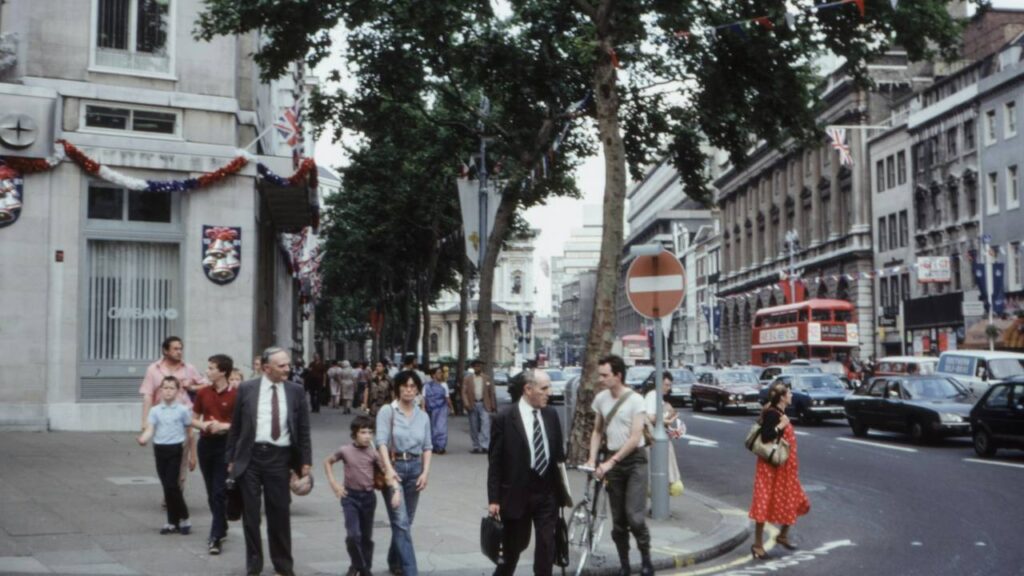
Picture the necessity of managing your travel budget solely with physical cash, cumbersome traveler’s checks, or early forms of credit cards that were far less universally accepted than they are now. Automated Teller Machines (ATMs) simply didn’t exist, and debit cards were still many years away from widespread adoption, making access to your funds considerably more cumbersome and less immediate. This required meticulous planning to ensure you always carried enough physical currency. Today, you enjoy instant access to your money through widespread ATMs and the near-universal acceptance of debit and credit cards, making financial transactions effortless wherever your travels lead you.
10. Limited Food Options on the Road
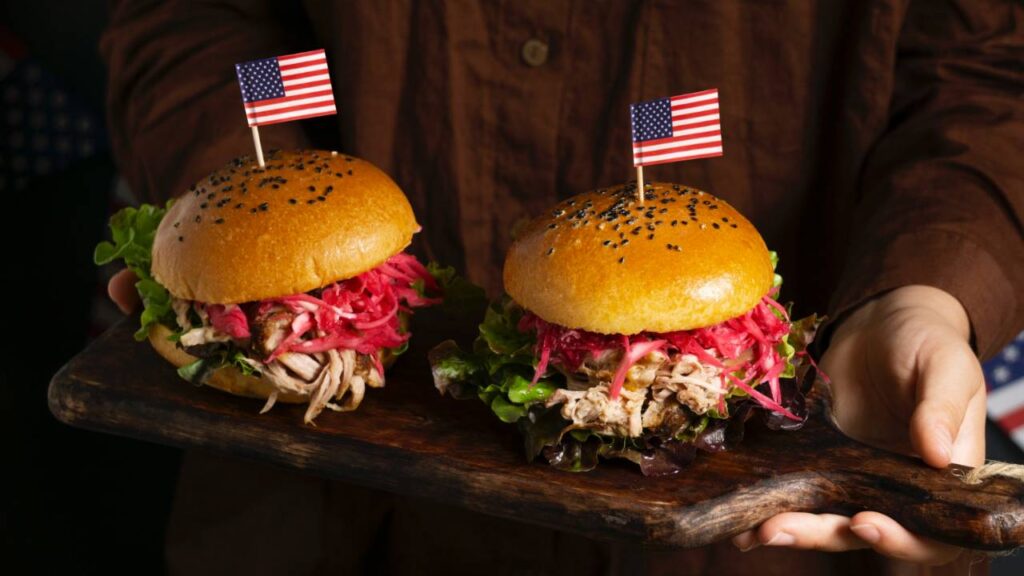
Think about a roadside dining experience that primarily consisted of traditional diners and local eateries, with the nascent fast-food chains only just beginning their widespread expansion across the country. Healthy or diverse food options were remarkably scarce, and specific dietary restrictions were very rarely understood or accommodated. Your dining choices along any given route were much more limited, often leading to repetitive meals. Today, you find an unparalleled variety of restaurants and food service options along nearly every major route, catering to virtually every palate and dietary need, truly transforming the roadside dining experience into a varied culinary journey.
11. Manual Navigation with Paper Maps

Recall relying solely on bulky paper maps and printed atlases to navigate unfamiliar territories. There were no GPS devices, online mapping tools, or real-time traffic updates. Getting lost was a more common and time-consuming occurrence, requiring frequent stops to orient yourself. Today, you have sophisticated GPS navigation systems on your phone or in your car, providing turn-by-turn directions and real-time traffic, making getting to your destination simple.
12. Less Stringent Border Controls (U.S.-Canada/Mexico)
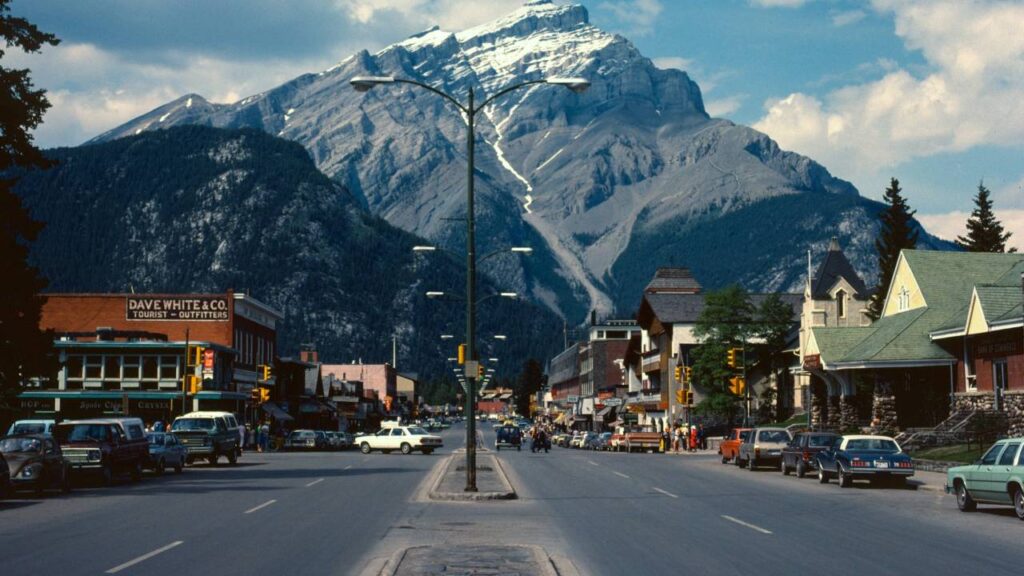
Consider the relatively casual nature of crossings at U.S. land borders with Canada and Mexico. While passports were always a sensible recommendation for international travel, other forms of identification were often readily accepted for citizens, and the overall process felt less formal. Security was notably less intense, and the wait times were generally much shorter, reflecting a different geopolitical era. Today, enhanced security measures and stricter identification requirements, such as mandatory passports or specialized travel cards like NEXUS or SENTRI, now define border crossings, reflecting a significant global shift in national security priorities and procedures.
13. Limited Travel Information & Planning Tools
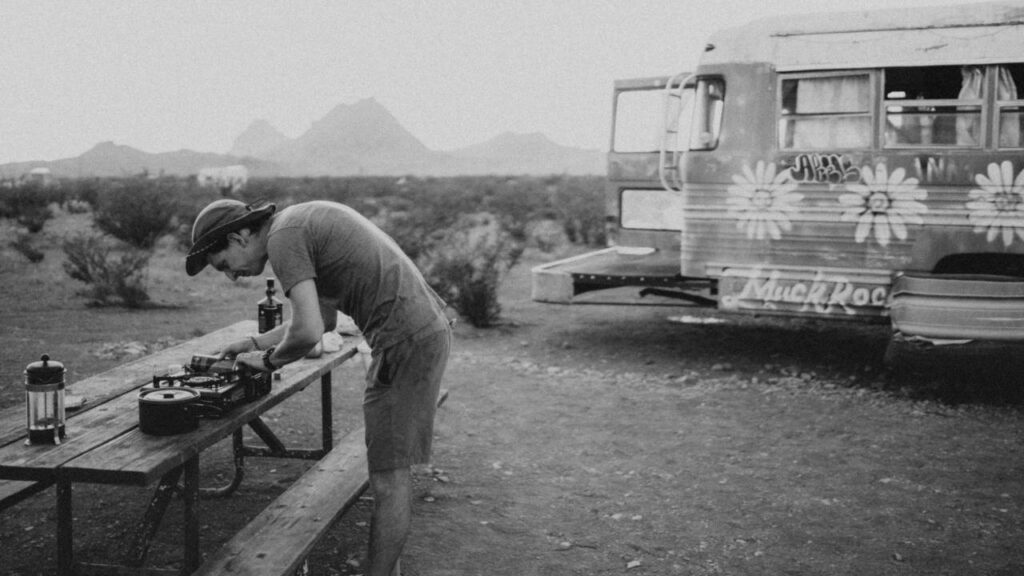
Imagine the sheer effort involved in planning a trip without the ubiquitous presence of the internet, countless online reviews, or the convenience of digital travel guides. Your primary sources of information were often cumbersome physical guidebooks, direct consultations with travel agents, or anecdotal word-of-mouth recommendations. Researching destinations, comparing options, and booking services was a time-consuming, largely manual process. Today, you have a literal universe of travel information at your fingertips, enabling instant research, access to comprehensive reviews, and seamless online bookings, empowering you to plan your perfect itinerary with unprecedented ease and confidence.